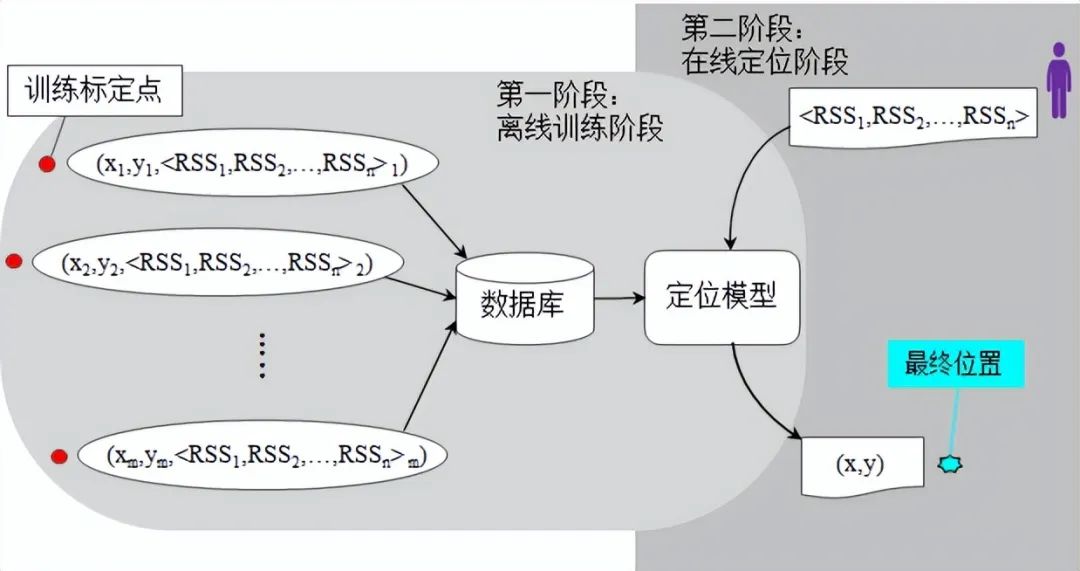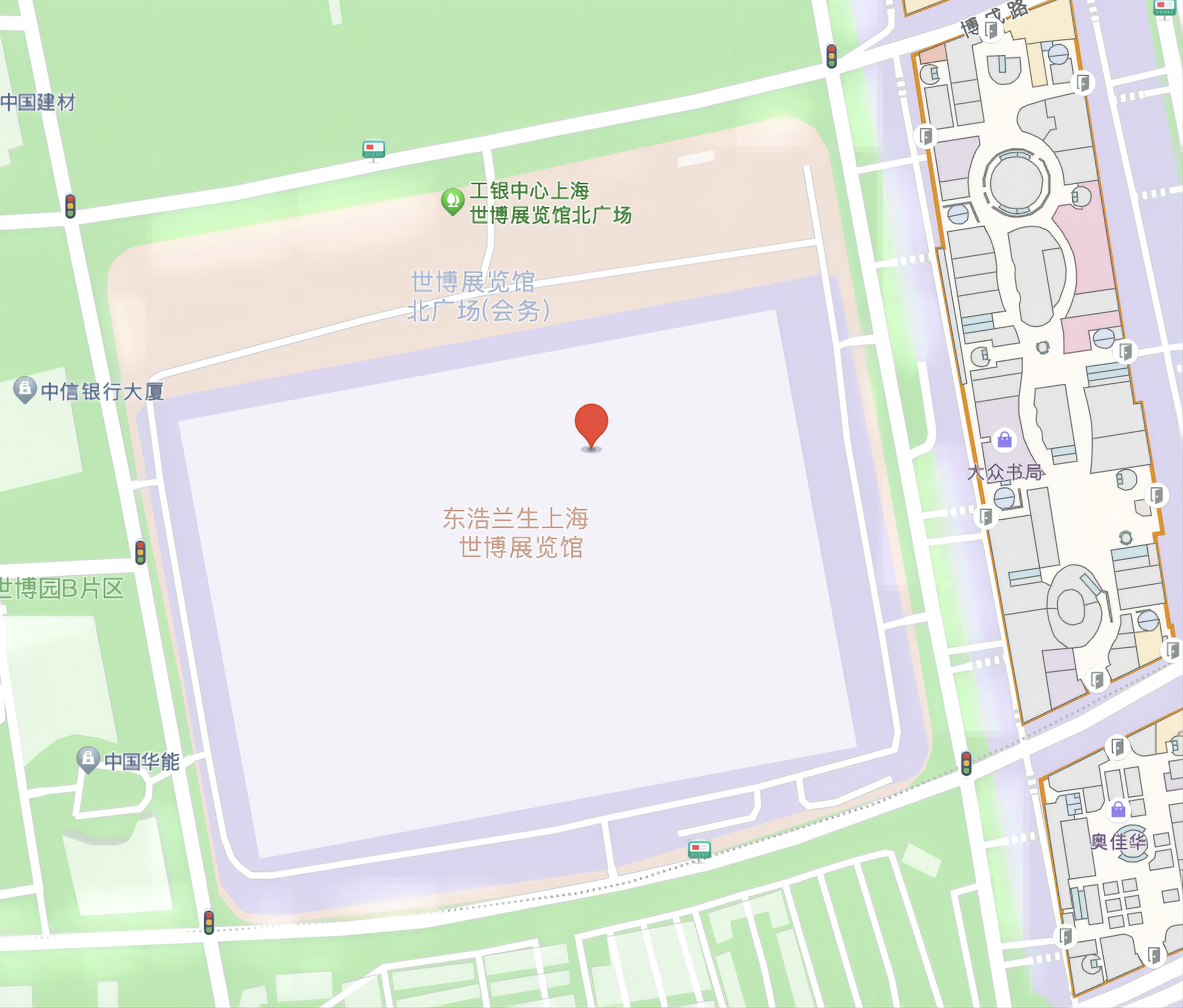While Wi-Fi positioning is not known for its high precision, it has gained popularity due to the widespread availability of Wi-Fi signals in densely populated areas. This technology is particularly suitable for cost-saving projects with less demanding accuracy requirements. As a result, Wi-Fi positioning solutions have become increasingly common in the market.
Principle of Wi-Fi Fingerprinting Localization
The core concept behind Wi-Fi fingerprinting localization is to establish a mapping relationship between challenging-to-measure location data and easily measurable Wi-Fi signals. This approach is based on two fundamental assumptions:
Wireless signal fingerprints are related to geographical locations. Ideally, each location within a Wi-Fi-covered indoor environment has a unique wireless signal fingerprint that can be used for location differentiation. The greater the diversity in Wi-Fi fingerprints, the higher the precision of the positioning system. Ideally, the relationship between Wi-Fi fingerprints and location information is considered independently, without factoring in variables such as people’s movement, temperature variations, differences in mobile terminals, and sampling time, which can influence Wi-Fi fingerprints.
The similarity of Wi-Fi fingerprints between different sampling points depends on their proximity. During the offline training phase, Wi-Fi fingerprints are collected from specific reference points. However, it’s not always possible for a user’s location to match exactly with these collected offline fingerprints during online localization. Therefore, nearby reference points are used to estimate the user’s location. Wireless signal attenuation characteristics ensure that adjacent locations have relatively small differences in their Wi-Fi signals. However, in real indoor environments, factors like wall barriers, human movement, multipath signal propagation, etc., can lead to cases where two fingerprints that are close in physical space may have low matching scores, or fingerprints from distant locations (e.g., different floors) may exhibit high matching scores.
The principle of Wi-Fi fingerprinting localization is illustrated in the diagram below.

Advantages of Wi-Fi Positioning Technology
High Wi-Fi Usage: Wi-Fi, also known as IEEE 802.11 wireless standard or Wireless LAN (WLAN), is a technology that enables wireless connections between personal computers, handheld devices (e.g., PDAs, smartphones), and other terminals. Wi-Fi protocols include IEEE 802.11a, 802.11b, 802.11g, and 802.11n, with 802.11b/g/n being the most commonly used. Wi-Fi is an integral part of daily work and life for many people, thanks to its high bandwidth and ability to provide a good user experience.
Extensive Coverage of Wi-Fi Hotspots: Currently, Wi-Fi signals are available in places with high human activity. In major cities, Wi-Fi signal coverage is nearly city-wide.
Cost-Effective Indoor Positioning Based on Wi-Fi: Wi-Fi-based indoor positioning technology does not require additional hardware or infrastructure modifications. Wi-Fi signal coverage is broader than many other wireless signals. Therefore, it can be used for convenient, high-precision indoor positioning using smart devices.
Progress in the Wi-Fi Positioning Market
There are two main categories of Wi-Fi positioning solutions in the market. The first category involves B2B projects, such as using Wi-Fi positioning in scenarios like elderly care or industrial parks. These solutions leverage existing Wi-Fi networks or add supplementary signals to enable positioning. Key players in this category include Unifreq Technology and Zhongke Jindian. The second category focuses on B2C marketing or utilizes Wi-Fi signals for big data analysis. WeZhi Technology is a prominent player in this segment.
Additionally, there are ongoing efforts to establish comprehensive positioning networks in indoor settings. Building a dedicated positioning network solely for indoor scenarios is not cost-effective. Therefore, the primary approach involves reusing existing communication networks, such as cellular and Wi-Fi, and adding positioning capabilities.
However, it’s important to note that Wi-Fi positioning has limitations in terms of accuracy and requires specific conditions from Wi-Fi access points. Standard Wi-Fi access points can provide only approximate area-level positioning and statistical data.
This paper is from Ulink Media, Shenzhen, China, the organizer of IOTE EXPO (IoT Expo in China)
Join us next year in Shanghai, and let’s shape the future of technology together!
To register IOTE 2024 Shanghai station:
https://eng.iotexpo.com.cn/sh/Visitors.html?lang=EN&source=YJ1






